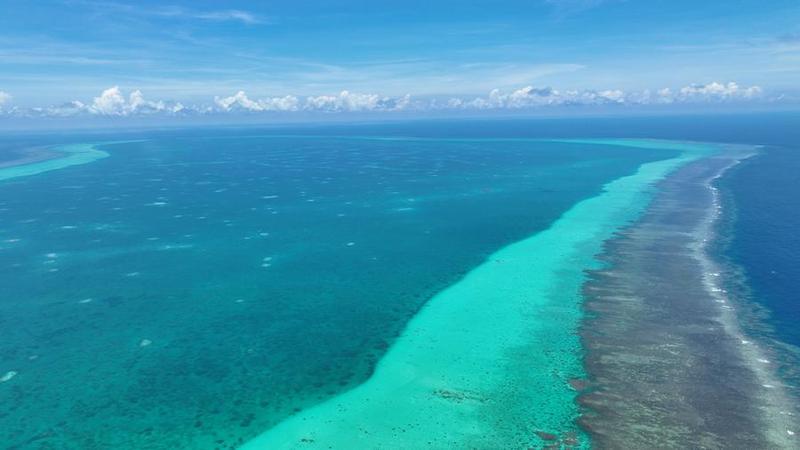CPEC remains on grounds even after five years; China slowly moving out while Pakistan slipping in debt-trap
About five years ago, the China- Pakistan Economic Corridor (CPEC) was launched with much fanfare, the implementation of the project is going through mill. It spells trouble for the future of the big-ticket project as Chinese have been fast-losing interest in it, which has been impelled for variety of reasons. The global concerns China’s predatory lending mechanism, huge corruption and adverse impacts on communities and natural resources are the major reasons for Chinese to go back on their promises to build the CPEC. However, heavy borrowings puts Pakistan on brink of a debt crisis.
Since its inception, Chinese President Xi Jinping’s ambitious Belt Road Initiative (BRI) has been under fire for its structural weaknesses such as lack of transparency in lending, corruption and over-lending, which pushed poor countries into debt-trap, and adverse social and environmental impacts. Pakistan’s regional politics over resources allocation, widely-spread corruption and frequent attack on the CPEC projects and Chinese workers by insurgents have shaken Beijing’s confidence in the mega-infra development plan. Despite big claims from both sides, the CPEC plan has still not managed to take off as expected.
Center for Strategic and International Studies (CSIS), a non-profit policy research organisation, said just quarter of the announced CPEC projects were completed in five years and major industrialisation efforts were still lagging. “Of 122 announced projects, only a quarter (32 projects) have been completed, or roughly USD 20 billion of the estimated USD 87 billion in funding. Less than half (54 out of 122 projects) are completed or under construction,” note the findings by CSIS. Interestingly, energy projects account for over 60 percent of the CPEC funding and successive governments in Pakistan made the power sector a top priority. Of 20 most expensive CPEC projects, 14 are linked to power generation. However, many of them have been shelved as the project risks overweigh the benefits.
The governments in Islamabad and Beijing had jointly claimed that the CPEC would help industrialise every province in Pakistan, turning the country into a manufacturing hub. People of Pakistan were sold dreams that the speedy industrialisation coupled with information and communication technology (ICT) would make the country globally competitive and prosperous, capable of providing high-quality life to its citizens. Even the year 2020 comes to the end, just one of the total announced 11 Special Economic Zones (SEZ) has actually been completed. There is a lack of coordination and agreement. An important meeting of the Joint Cooperation Committee (JCC) gets delayed frequently due to lack of consensus between both the countries on the future roadmap for industrial cooperation. There has not been an agreement over common agenda for industrial parks and SEZ yet. The JCC is the highest decision-making body of CPEC.
According to media reports, Chinese banks have cut down their lending to CPEC projects following allegations of corruption in power projects. An inquiry by the Securities and Exchange Commission of Pakistan has unearthed irregularities worth over $1.8 billion in the power sector. Now China is said to have sought additional guarantees from Pakistan government before sanctioning a USD 6 billion loan for Karachi – Peshawar Main Line, due to the “weakening financial position of Pakistan”. Chinese are worried over Pakistan’s debt-to-GDP ratio reaching 107 percent, which may trigger national security concerns.
Earlier, Beijing was averse to the proposal of inviting non-Chinese companies to develop the CPEC projects. However, the dried-up financing has caused it to change it stand. Chinese Ambassador to Pakistan Nong Rong has asked Pakistan’s Board of Investment (BOI) Chairman Atif Bokhari to seek outside foreign direct investment (FDI) for the further development of the SEZs. It was followed by Imran Khan government urging Afghanistan businessmen to invest in the Rashakai Special Economic Zone (SEZ) in north western Pakistan.
Lahore-based think tank, Institute of Policy Reforms (IPR), has said Pakistan was in a debt trap due to heavy external borrowing and weak fiscal management. “Pakistan has added USD 17.8 Billion to total external debt and liabilities in two years. In the last five years or so, source of funds had shifted from concessional long tenure multilateral and Paris Club loans to higher cost commercial and other bilateral. The latter was mostly from China. This raised the average cost of debt and reduced its tenure. Essentially, we are borrowing to repay past debt. We are in a debt trap that is entirely of our own making. It is a risk to our national security,” says the IPR in its report. Pakistan’s gross public external debt grew by 13 percent in 2019 while by 5.4 percent in 2020, thanks to heavy borrowing under the CPEC. In 2020 alone, Pakistan added a total of USD 27 billion to its total debt and liabilities, which is 10.4 percent of its GDP.
Source: Pakistan’s Economic Survey












